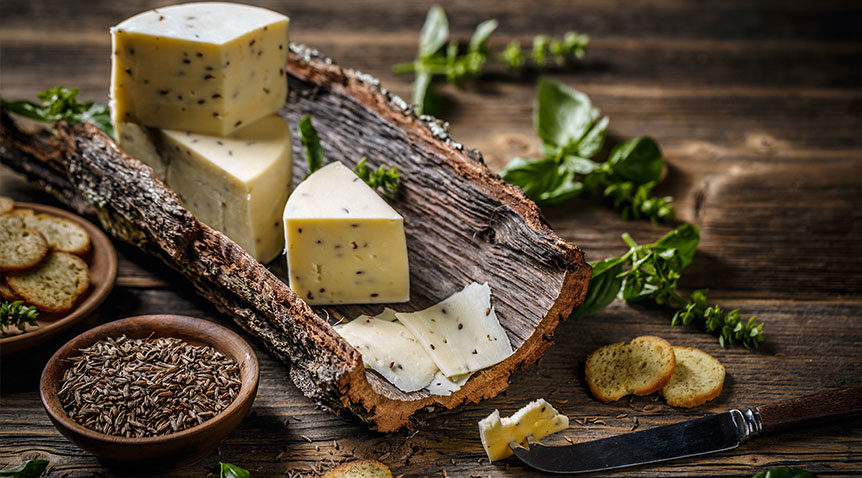One of the questions that we receive most often is: “how do we adapt our existing cheese formulas to use Thistlezyme®?”
The first thing you need to know, is that Thistlezyme®
The liquid is meant to be used without dilution. This means that you won’t have to dilute the enzyme in the water like traditional rennet. Most formulas require you to dilute the rennet in water to help with dispersal and proper incorporation of the chymosin into the milk. Thistlezyme® is a different than other rennets, not only in its concentration but also in how it cuts the casein protein in the milk. If you watch various videos online, you will see Portuguese cheese makers using cheesecloth bags filled with the powdered Cardoon stamens that are added directly to the milk.
Second, Thistlezyme® works best when using Calcium Chloride, even when using raw milk. The reason Calcium Chloride is used in cheese making is that the additional calcium helps the formation of Calcium-Phosphate bonds between the para kappa Casein. The bonds are what link the casein proteins together, forming the curd. Animal and microbial rennet only work on Kappa Casein, which it splits into para kappa Casein. Thistlezyme® not only splits the kappa-casein, but also the αs, β, and γ casein. Since the casein proteins are being broken down into smaller pieces, you need more calcium to form enough Calcium Phosphate bonds to make a strong curd. Without the added calcium, you will still be able to form a curd, but it will not be as strong.
Third, is that the required Thistlezyme® dosage does not scale linearly when you increase or decrease your volumes of milk. This is where we can help you with converting your formula. Upon request, we will provide onsite support to work with you to adapt your formulas. Now we can talk about how to adapt your formulas.
Most of the formulas that I have developed so far have been between 150 liters and 300 liters and use between 90 and 165 milliliters of Thistlezyme®. There are a few that have been made for 10-liter quantities because they are traditionally made in small batches. The conversion is easy and will only involve changing a few things in your process. Here is the basic conversion process.
1.Look at your existing formula and make sure you have all the quantities figured out for the cultures and Calcium Chloride (12-15 ml/100 liters hard cheese or 2- 5 ml/100 liters for soft cheese)
2. Instead of adding your cultures when you reach your “ripening/renneting” temperature, add them when you reach 15°C and 59°C and continue to heat your milk to your target temperature.
3. When you reach your target temperature, add your Thistlezyme®to your milk, remembering that you should not dilute the Thistlezyme® liquid, and stir for 60 seconds. This is where you wait for 2 – 3 hours for your set. This may seem like a long time, but remember that you are ripening and the curd is forming at the same time.
4. All other temperatures and times will remain the same.
We hope that you find these steps helpful and please feel free to contact us if you have any question or want to try Thistlezyme® with your production. We are always happy to help.

